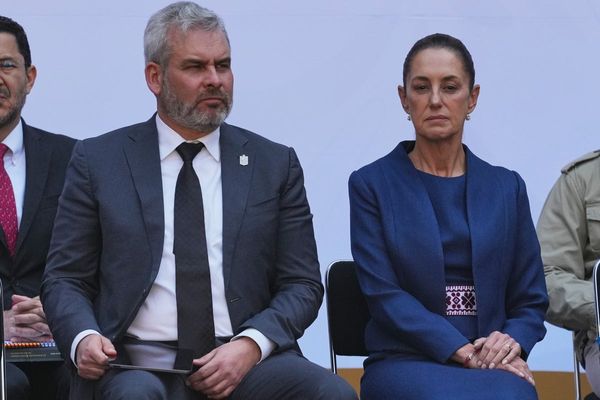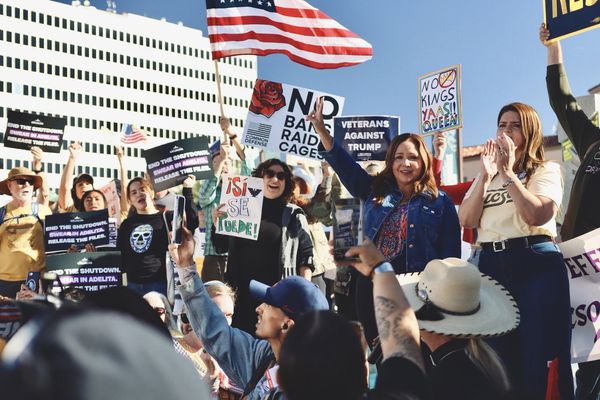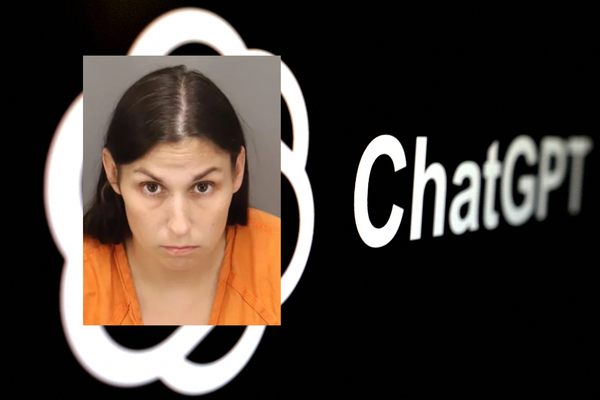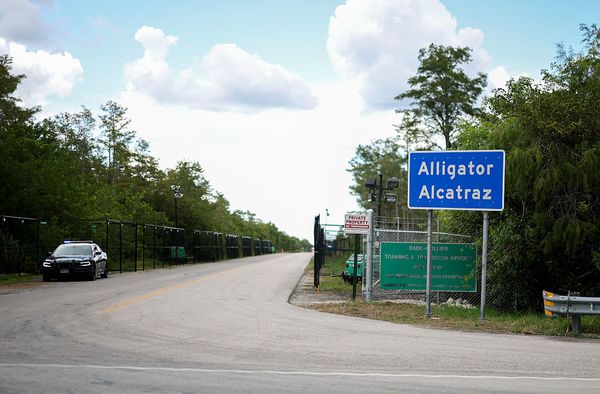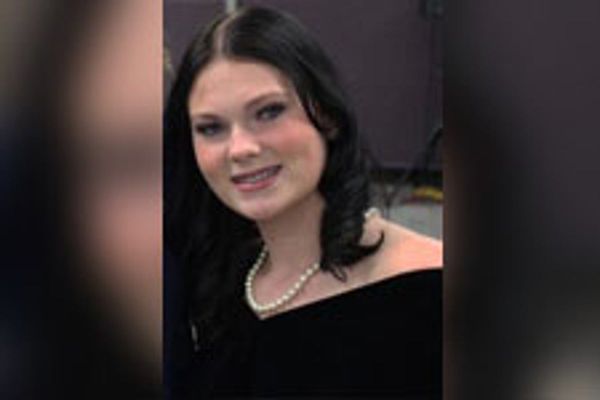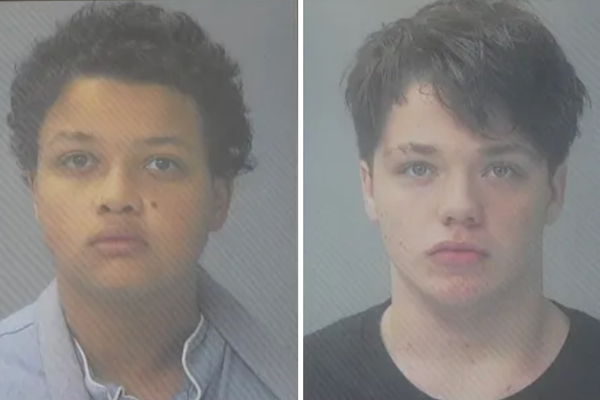
Ukraine has hailed the return of Scythian gold treasures as a “symbolic and historic” victory over Russia, which had laid claim to the artefacts in a decade-long struggle over ownership.
On Tuesday the collection, including a rare golden neck ornament and a solid gold helmet, was shown off in Kyiv. They are among 1,000 items lent in 2013 by four museums in Crimea for an exhibition in the Netherlands.
The following year – with the artefacts still out of the country – Vladimir Putin annexed the Black Sea peninsula. Ukraine and the museums in Moscow-occupied territory both demanded the Scythian finds be sent back to them.
After a lengthy battle the Dutch supreme court ruled in June that the items belonged to Ukraine. The Allard Pierson Museum in Amsterdam removed them from storage and dispatched them to Kyiv in a truck. They arrived on Sunday at Pechersk Lavra monastery in the capital.

“We returned home not just valuables that were taken out of Crimea in 2013, but a part of our history,” said Vasyl Malyuk, the head of Ukraine’s SBU intelligence agency, which coordinated the shipment. “For us, as well as for our country in general, this case is symbolic. It shows that Ukraine never gives up what belongs to it by law.”
Malyuk predicted Ukraine would also have Crimea, Donbas and other territories occupied by Russian troops “returned”. “We will fight for our people, our values and our history,” he said.
The National Museum of History of Ukraine said 565 items had arrived safely from Amsterdam, including ancient sculptures, Scythian and Sarmatian jewellery and Chinese lacquer boxes. It said the collection would stay at the museum until Crimea was freed.
The Scythians were steppe warriors who lived between the seventh and third centuries BC in the Black Sea region. They made elaborate pectoral ornaments and other luxury items. The historian Herodotus described them as horsemen and agriculturalists, based on the edge of the Greek world, in today’s southern Ukraine.

Speaking at an event on Monday at the British Museum, the Yale historian Timothy Snyder said the trove should go back to Kyiv. “The Soviet Union took the Scythian gold and spread it among many different museums,” he said.
“There is a very strong case to assume that something that comes out of the ground in a specific place should go back to the place where it was found. That means Ukraine.”
The Allard Pierson Museum said it was pleased “clarity” had finally emerged and the artefacts had been returned. “This was a special case, in which cultural heritage became a victim of geopolitical developments,” its director, Els van der Plas, told Reuters.
On Monday, the Kremlin spokesperson Dmitry Peskov was quoted by the Tass state news agency as saying the artefacts “belong to Crimea and should be there”.
The Moscow-installed governor of the peninsula, in comments on Telegram, suggested they should be returned by “achieving the goals of the special military operation”, Russia’s official title for its war in Ukraine.
